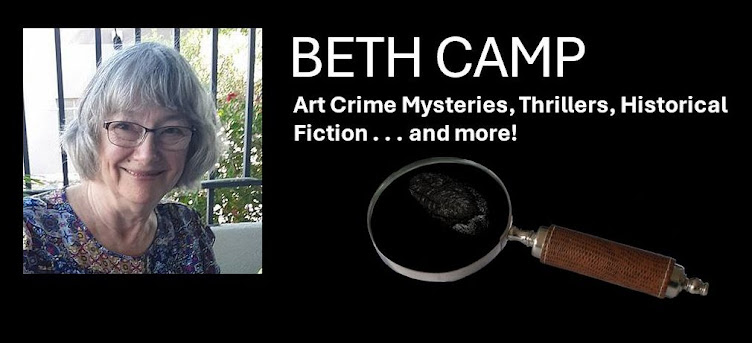 My daddy was a gambler back in the 1940's. He could fan a deck of cards and hold a few back without anyone knowing -- most of the time. He loved betting on the horses and took my sister and I once to the Santa Anita Racetrack. They lost their go-to money by the end of the second race. I came home with $20 because, as he put it, "I bet like a school teacher."
My daddy was a gambler back in the 1940's. He could fan a deck of cards and hold a few back without anyone knowing -- most of the time. He loved betting on the horses and took my sister and I once to the Santa Anita Racetrack. They lost their go-to money by the end of the second race. I came home with $20 because, as he put it, "I bet like a school teacher."My daddy would have fit right into the outposts of the Hudson's Bay Company back in the 1840's. For leisure, everyone -- the fur traders, the voyageurs, the clerks, the Métis, and Native peoples -- liked to bet on the horses, on who would win a fight, or who would come in first in a canoe race or a foot race. Maybe because of all that testosterone and not quite enough women to go around. But that's a different issue.
I found a neat description of the traditional stick game played by Native peoples, also known as the 'bone game' or bloodless war game across the United States and Canada.
Two teams, each with a leader, play a guessing game about the 'bones' (about 50 sticks marked with differing numbers of lines). The team holding the bones tries to distract the other side by making a racket with drums, traditional songs, or rattles. The opposing team tries to guess the exact number of lines. At stake? Furs, food, robes, bows and arrows, and any other item of value.
 |
| Tsimishian Bag with 65 Inlaid Gambling Sticks, 19th century Source: Wikipedia |
Some research hints at the sacred nature of the stick game, but outsiders are not always privy to hidden meanings.
I was fascinated to learn that Lacrosse originated as a native game played by teams. This painting by George Caitlin (who later was so influential on Paul Kane's journey west) shows such a Lacrosse game in full play.
 |
| "Ball-play of the Choctaw — ball up" by George Catlin, circa 1846–1850 (Source Wikipedia) |
I'm having fun talking about the research behind my historical novel, Rivers of Stone (currently at the editing stage), set largely in 1840's Canada. Why not check out what others are posting in this month-long A to Z Blogging Challenge.

No comments:
Post a Comment